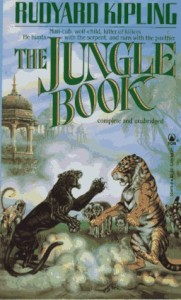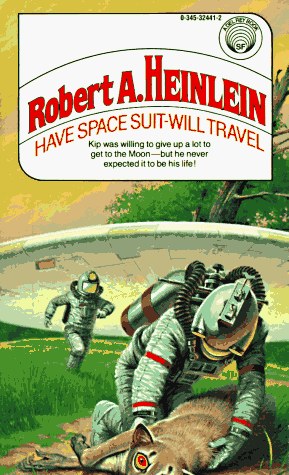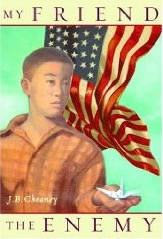Mr. S. Reviews “The Jungle Book” by Rudyard Kipling
Daniel Schwabauer
One of my old college professors once began a sentence this way: “If you were lucky enough as a child to have parents who read you the work of A.A. Milne…”
At that moment I knew he was going to be a great teacher. It would be easy, especially at the university, to remain a closet fan of Winnie the Pooh. But it was in college that I rediscovered the lovable bear and his genius for making profound truths very simple.
Milne isn’t the only pre-historic author of books for young people whose work is often overlooked. Rudyard Kipling wrote many admirable books that have been enjoyed for over 100 years by both adults and teens. Ironically, Walt Disney adapted a novel by each of these writers, and in both cases transformed something of incredible richness and depth for all ages into beautifully animated works targeted at young children. I’m not dis-ing Disney. But if your only experience with Mowgli and Baloo comes from an 80-minute video, you might need to reconsider your life.
The Jungle Books (there are two volumes) are, like all great children’s literature, easily deep enough to be read and re-read by adults. I sometimes dig out my ancient copies and thumb through the pages at random, looking for bits of literary genius and wit. Take the Road-Song of the Bandar-Log for example. Here’s part of the second stanza:

Here we sit in a branchy row,
Thinking of beautiful things we know;
Dreaming of deeds that we mean to do,
All complete in a minute or two-
Something noble and grand and good,
Won by merely wishing we could.
Remind you of anyone you know?
Kipling is more accessible than most of his contemporaries, both stylistically and thematically. So some day soon when you’re looking for a good read, crack open a copy of the Jungle Book(s) or Captains Courageous and plunge into India or the Atlantic.
Kipling’s prose songs are really the melodies of Wisdom’s laughing little cousin, Innocence. They will make you sigh, smile and think—at the same time.


